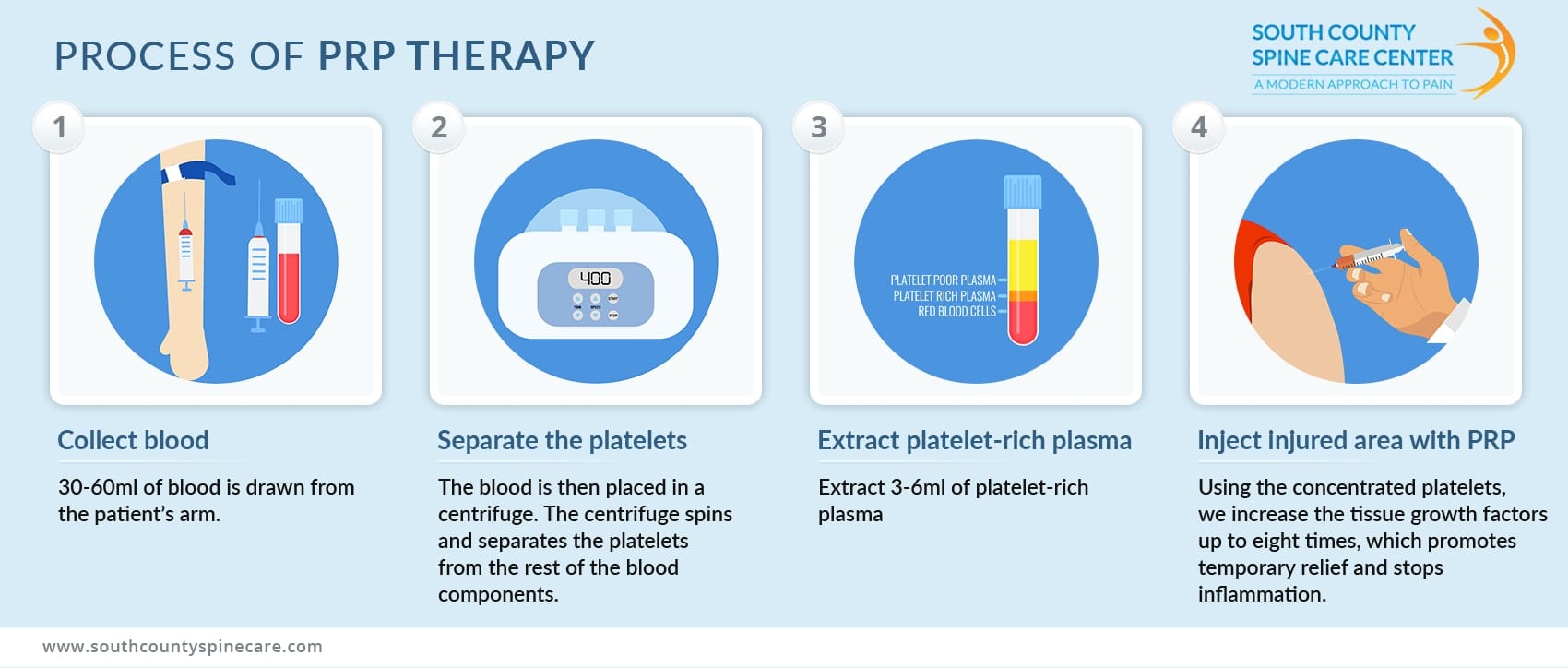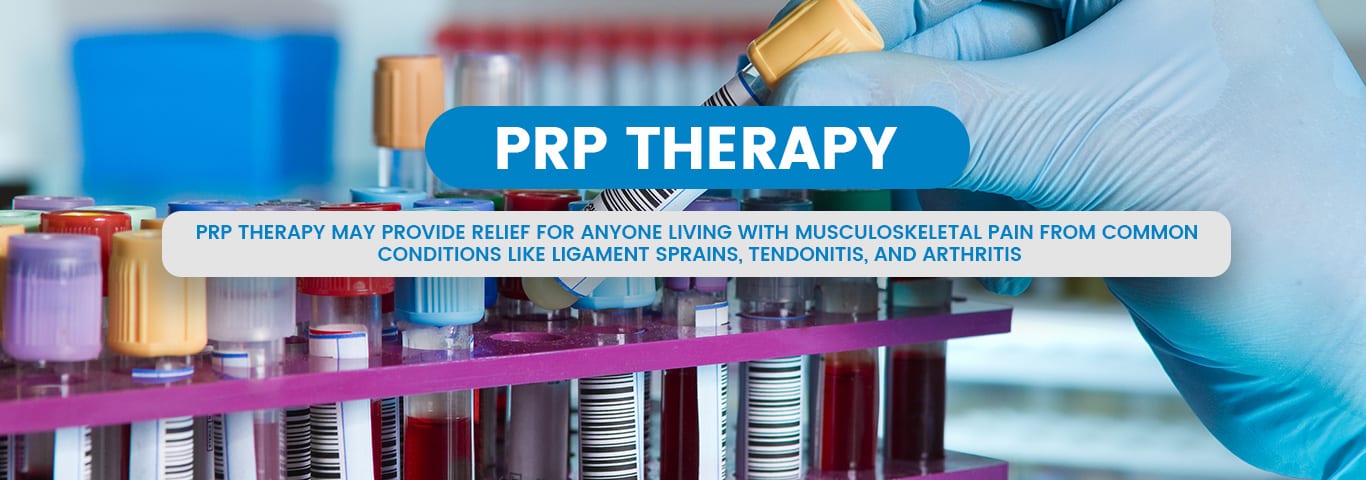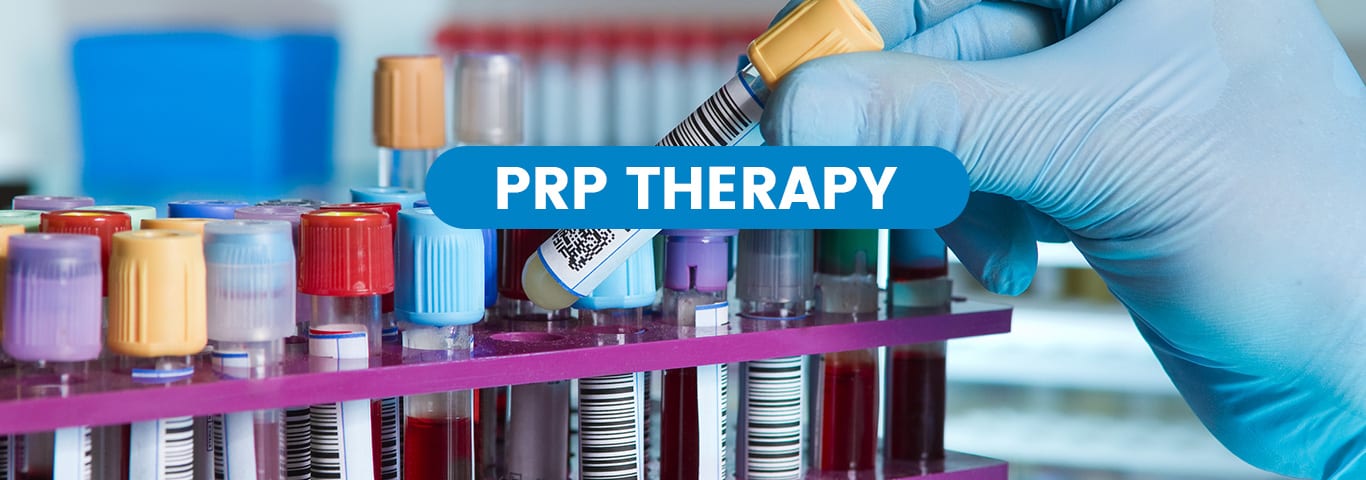
More than 100 million Americans have some type of chronic pain and nearly 25 million experience it daily. If you’re also experiencing ongoing discomfort, a solution may be platelet rich plasma (PRP) injections. Well-known for its use among athletes, especially those with chronic tendon and knee problems, PRP therapy may provide relief for anyone living with musculoskeletal pain from common conditions like ligament sprains, tendonitis, and arthritis. Here’s what you need to know about PRP injections.
Why Platelet Rich Plasma Promotes Healing
In addition to helping with the clotting process, platelets also promote healing because of beneficial proteins known as “growth factors,” and they attract stem cells that help with tissue and cell repair. PRP injections are often used to treat Achilles tendonitis, tennis elbow, and other chronic tendon injuries.
The treatment may also promote tissue healing from damage due to acute (sudden) injuries such as strained hamstrings and knee sprains. PRP injections may also manage pain stemming from:
- Lumbar spine (lower back) disc pain
- Shoulder pain and rotator cuff injuries
- Joint osteoarthritis (knees, hips, shoulders, ankles)
- Bone and joint fractures
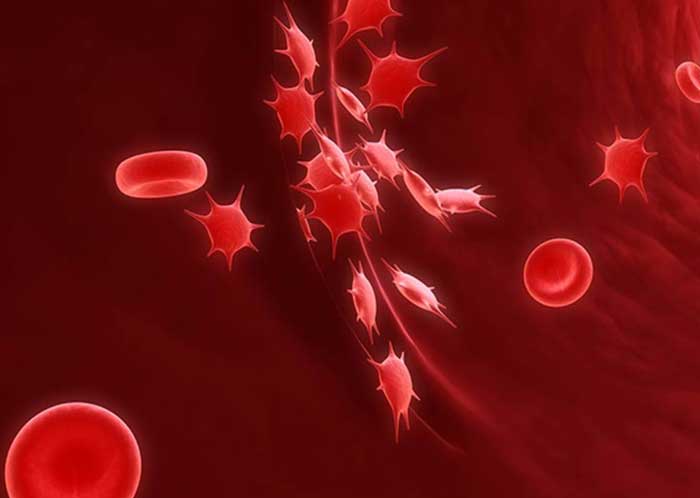
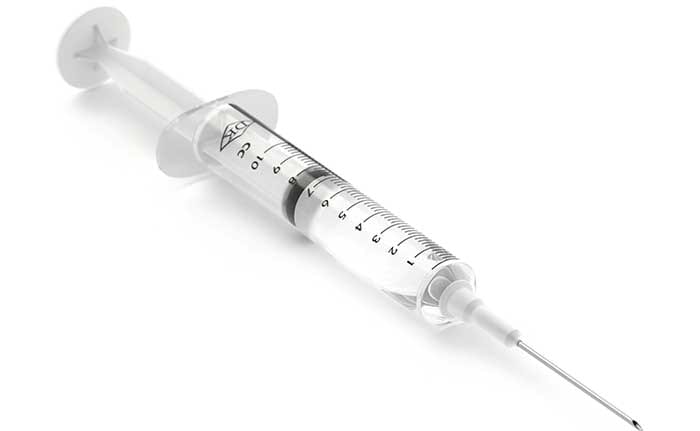
How PRP Injections Work
Since only one percent of human blood is made up of platelets, the injections are prepared by “spinning” and segmenting blood to create a mixture with a higher concentration of platelets. Similar to what’s done with epidural injections, PRP injections that contain the platelets and a local anesthetic are placed directly into the affected or inflamed tissue. When used during surgery, PRP is prepared in a way that allows it to be “stitched” into torn or damaged tissues.
What to Expect After PRP Therapy
There may be a slight increase in pain in the affected area after receiving a PRP injection. But this discomfort usually goes away within a few weeks as the platelets facilitate the body’s natural healing processes.
When to Consider PRP Injections
PRP therapy isn’t generally recommended as the first attempt at pain management. However, if more conventional or conservative remedies such as the application of heat and ice or the use of anti-inflammatory medications aren’t providing relief, PRP injections may recommended
PRP Injections and Pain Management
More evidence is needed to determine the exact role PRP therapy may play in managing pain related to various chronic and acute sources of discomfort. Positive results have been seen when PRP injections are used after surgery, especially for tendon repairs, to help tissues and muscles heal. Risks associated with PRP injections are minimal, and the injections work well with other forms of pain management.
Studies on the short -and long-term effects of PRP injections suggest it may be the anti-inflammatory properties of the concentrated platelets that provide relief. Results seen from PRP therapy will vary based on what area is treated and how severe the injury was in the first place; although many patients see noticeable results within 4-6 weeks. As tissue healing progresses, patients are often encouraged to continue with a regular physical therapy routine to further strengthen muscles and tissues.
